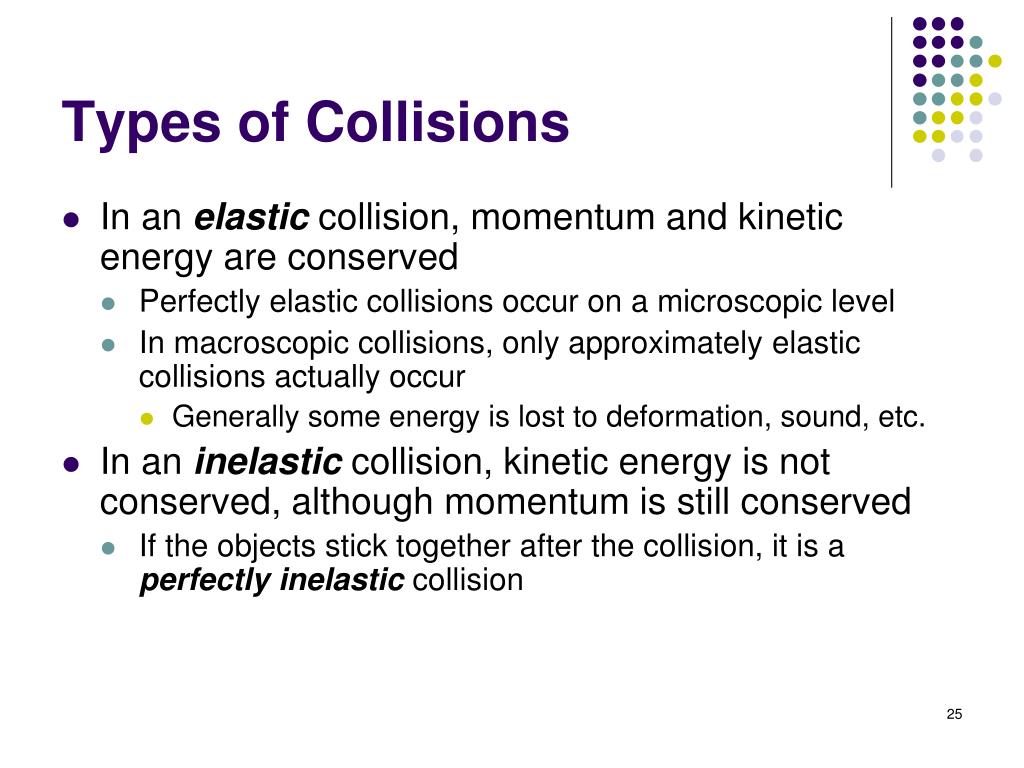

This means, especially in a dark environment, if a bright image is flashed briefly, the image tends to persist in our vision even after the image itself is gone. In general, a film is a succession of 24 still images a second, and by presenting them in a darkened room, we take advantage of first, the eye’s natural tendency to maintain a persistence of vision. The way we actually perceive a film as a “moving picture” is by a trick of the mind and eye. Perhaps because of his time or perhaps because of his political focus, I believe Eisenstein missed the greater implications of his theory, which relates back to Broks. Further, he conceived his theory before the advent of synchronous sound, which he believed was a waste of sound’s dialectical potential, and called for a contrapuntal use of sound with image rather than synchronizing of the two. What is fascinating about this theory is that the synthesis is never shown on screen but only occurs in the viewers mind. Upon viewing the two images in order, the audience then creates the third term, which is a synthesis of the first two. This became known as the “Kuleshov Effect” and was a major influence on Sergei Eisenstein’s own theory of “Dialectical Montage.”Įisenstein’s theory proposes that when two images are placed next to each other there is the possibility of a dialectic relationship, where the first image is the thesis and is followed by the second image, which is the antithesis. What he discovered was that the audience not only believed the actor’s expression changed in relation to the image that followed, but that the audience seemed to project their own emotions and assumptions onto the images and their relationships. Kuleshov took one image of an expressionless actor and placed it in a filmstrip next to an image of a bowl of soup, and then repeated the same image of the actor next to an image of a child and then next to an image of a child’s coffin.

I find this fascinating in relation to early film theory and in particular Lev Kuleshov’s early experiments in the late 1910’s and early ‘20’s. The self is a story.” Broks, who is a neural physiologist, believes that we make sense of our experience from moment to moment by constantly linking the moments into a story, which we call the self. This technique could be used to generate new political insights in audiences.In his book Into the Silent Land, Paul Broks wrote, “A human being is a story-telling machine. While a concept cannot be directly represented in an image, tensions and discord between juxtaposed images could stimulate an audience to grasp a conceptual connection by inference. For example, inBattleship Potemkin (1925), the poor treatment of the sailors is indicated intercut with shots of them filing into a mess hall with shots of maggots in the food that is being prepared for them. Montage: editing that emphasizes the dynamic relationship between images following Soviet silent-era filmmakers use of the term designates rapid sequences in Hollywood films used for descriptive purposes or to show the rapid passage of time french for editing intellectual montage= sergei eisenstein, intentional disjunction to generate ideas dialectical montage disjunctive editing/visible editing=calls attention to editing montage of attractions soviet montage a technique which uses rapid editing, special effects and music to present compressed narrative information editing that emphasizes the dynamic relationship between images designates rapid sequences in Hollywood films used for descriptive purposes or to show the rapid passage of time *french for editing *intellectual montage= sergei eisenstein, intentional disjunction to generate ideas independent idea is formed in mind of viewer based on the collision of different shots dialectical montage disjunctive editing/visible editing=calls attention to editing montage of attractions *following Soviet silent-era filmmakers use of the term soviet montage-sergei eisenstein Dialetical montage:Eisenstein's term for an effect in montage in which the juxtaposition of two shots (the Kuleshov effect), when these reflect some kind of conflict, has the potential to make an abstract concept tangible.


 0 kommentar(er)
0 kommentar(er)
